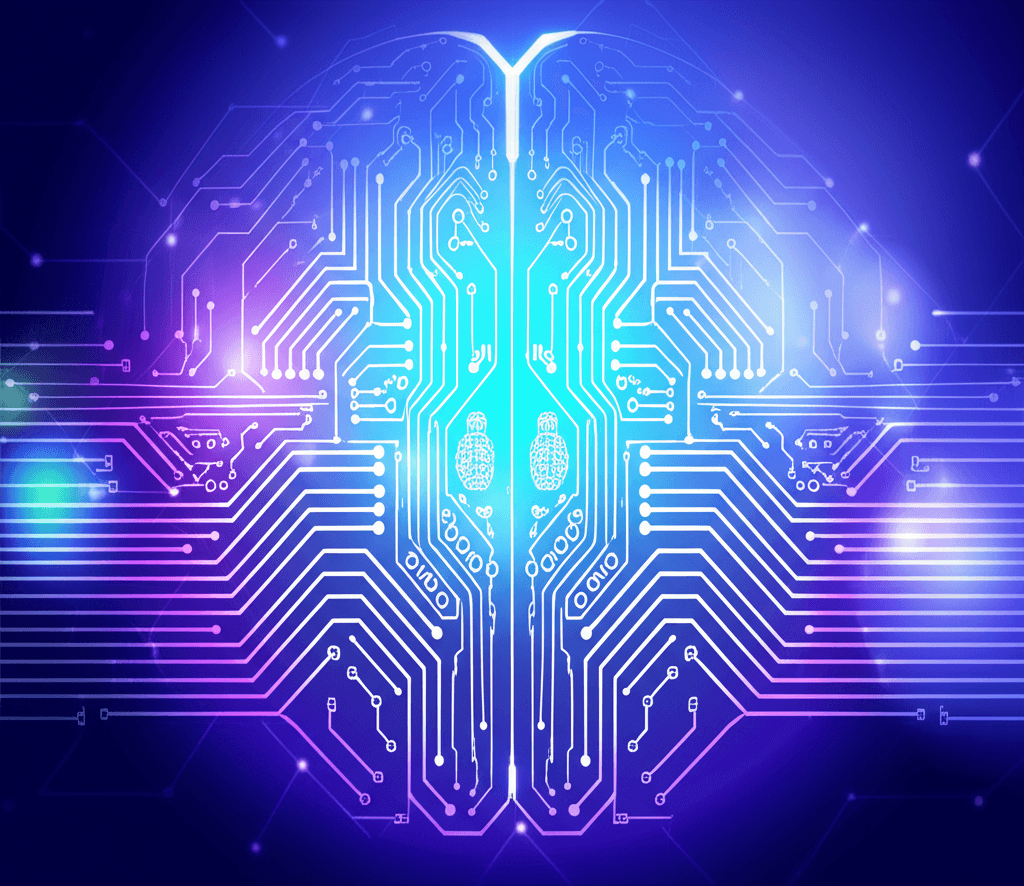OpenAI's GPT-5 Unifies AI: Achieves Brain-Like Reasoning, Slashes Errors
A unified, adaptive architecture eliminates AI's confusing fragmentation, delivering unprecedented logical capability and vastly reduced errors.
August 7, 2025

OpenAI has pulled back the curtain on GPT-5, its highly anticipated next-generation artificial intelligence system, revealing a significant strategic shift alongside landmark performance gains. The new model abandons the fragmented, "model picker" approach of its predecessors, introducing a single, unified system with adaptive reasoning at its core. This architecture consolidates all previous model lines, including the specialized `o`-series reasoning models, into one seamless user experience. By automatically adjusting its computational approach based on task complexity, GPT-5 aims to deliver both speed and unprecedented logical capability, setting a new benchmark for the AI industry and intensifying the race toward more powerful and autonomous systems.
The most fundamental innovation in GPT-5 is its unified architecture, designed to eliminate user friction and what the company has previously called a "confusing mess." Instead of requiring users to select from a menu of models optimized for different tasks—like GPT-4 for general use or the `o`-series for deep reasoning—GPT-5 operates as an integrated system.[1][2] It employs a sophisticated real-time router that analyzes the intent and complexity of each query. For simpler requests, it relies on a fast, efficient base model, ensuring quick responses.[2] However, when faced with a more challenging problem or when a user explicitly asks it to "think hard," the system automatically engages a more powerful, deeper reasoning model without any need for manual switching.[1] This represents a move toward a more intuitive, brain-like interaction, where the AI internally determines whether to use quick intuition or deliberate, step-by-step thinking to solve a problem.[3][4] This is not merely a router directing traffic to separate models but a truly integrated network where all modalities and reasoning capabilities are trained together for more natural and efficient performance.[5][6]
This new architecture directly incorporates the advanced "chain-of-thought" reasoning capabilities pioneered in OpenAI's `o1` and `o3` models.[7] These earlier models were specifically trained to break down complex problems, formulate intermediate steps, and verify their work, a process that mirrors methodical human logic.[8] By integrating this as a native feature, GPT-5 can now apply multi-step logic to complex tasks in fields like science, advanced math, and coding without needing special prompting from the user.[5][3] This has resulted in a dramatic reduction in factual errors and hallucinations, one of the most persistent problems in large language models.[9] OpenAI claims that when the model is "thinking," its responses are 80 percent less likely to contain errors than the `o3` model.[10] This leap in reliability is central to the model's value proposition for high-stakes professional applications.
The performance gains demonstrated by GPT-5 are substantial, with OpenAI releasing benchmarks that show state-of-the-art results across numerous domains. In software development, the model is said to excel at debugging large code repositories and generating complex front-end designs.[10] It achieved 74.9% accuracy on the SWE-bench Verified benchmark for software engineering tasks and 88% on the Aider Polyglot code editing test, significantly outperforming previous models.[9] This suggests a future where AI can accelerate product delivery and handle more sophisticated aspects of the development lifecycle.[8][11] In healthcare, GPT-5 is positioned as a more reliable tool for answering health-related questions, with one analysis noting it scores significantly higher on medical licensing exams than its predecessors.[5][12] The combination of its advanced reasoning and lower hallucination rate could make it a powerful tool for research, diagnostics, and patient education, although its use in clinical care would still require physician oversight.[12][13]
For developers and end-users, GPT-5 introduces a range of practical upgrades. The API has been enhanced with features like verbosity control and a significantly expanded 256,000-token context window, offering more flexibility for building complex applications.[6] The system also demonstrates more autonomous, agent-like behavior, able to handle multi-step tasks with greater independence.[14][15] The user experience in ChatGPT has been updated with personalization options, including pre-set personalities like "Cynic" or "Nerd," and integrations with external services like Gmail and Google Calendar are being rolled out.[6] To manage the varied demand, OpenAI is offering a family of models, including `gpt-5-mini` and `gpt-5-nano` for lightweight and low-latency tasks, and a `gpt-5-chat` variant for advanced conversational applications.[7] Access is tiered, with free users getting limited access, while paid subscribers receive higher usage limits and exclusive access to the most powerful version, `GPT-5 Pro`.[15]
The launch of GPT-5 solidifies OpenAI's position at the forefront of a fiercely competitive market, putting pressure on rivals like Google and Anthropic.[16] While competitors have made significant strides—Anthropic's Claude is often lauded for its large context window and safety features, and Google's Gemini for its native multimodality and integration with Google's ecosystem—GPT-5's unified system and deep reasoning present a formidable new benchmark.[17][9][18] The move to a single, adaptive model addresses a key usability challenge and could accelerate the adoption of AI in enterprise workflows where reliability and simplicity are paramount.[19] The release comes amid a broader industry push to justify massive investments in AI, with a focus on moving beyond conversational novelties to creating indispensable tools for business and science.[20] GPT-5, with its focus on complex task execution and factual accuracy, is a clear step in that direction, setting the stage for a new wave of innovation and raising the stakes for the entire AI industry.[14]
Sources
[1]
[4]
[6]
[7]
[10]
[12]
[13]
[14]
[15]
[17]
[18]
[19]